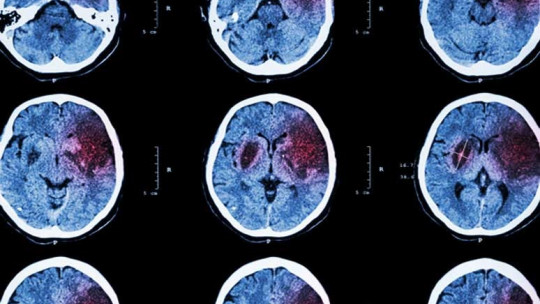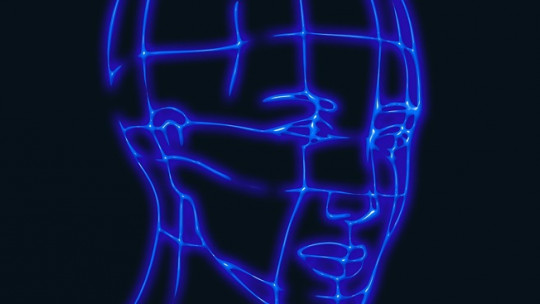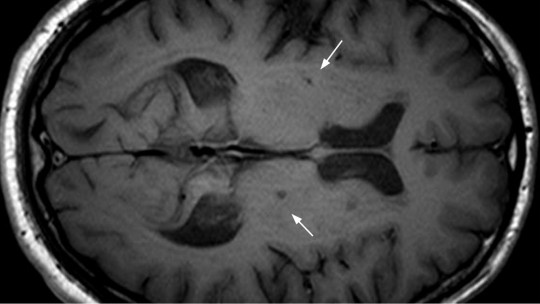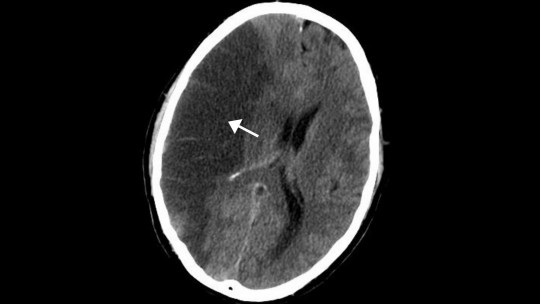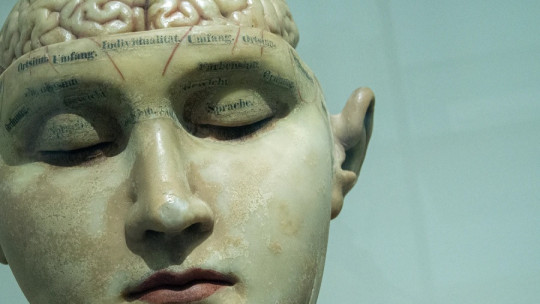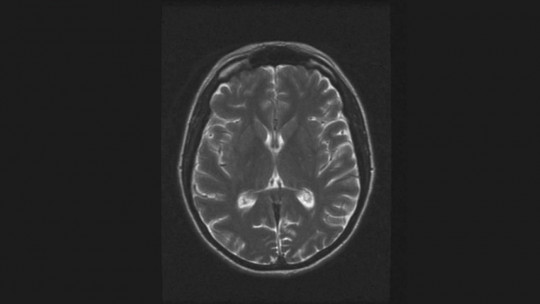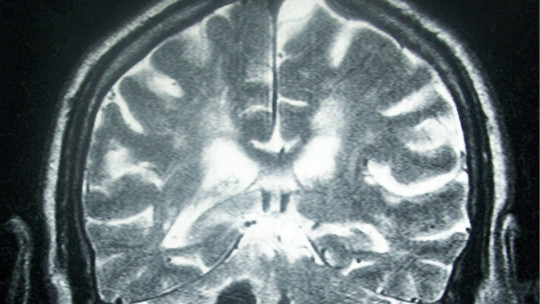
Attacks or strokes They are the first cause of death from disease in women and the second in men in the entire Spanish territory, reaching between 150 and 250 per 100,000 inhabitants in just one year. Likewise, 24.7% of people who suffer a stroke end up with some type of disability.
Fortunately, there are means and treatments that can drastically moderate the damage caused by these brain accidents; but To do this, it is necessary to identify what type of stroke the person has suffered since each of them is characterized by having different causes and consequences.
what is a stroke?
Stroke consists of an alteration of blood flow to the brain. When this happens, the brain stops receiving the oxygen it needs to function properly and the areas of it that are affected begin to die.
The effects that this type of accident causes can be disastrous for the person, affecting the entire body. These consequences can range from vision problems to different degrees, speech disorders, cognitive deficits or motor problems even bodily paralysis also in different degrees.
Strokes are also part of a broad category of disorders in brain function, such as cerebrovascular accident, cerebral accident, apoplexy, stroke, or cerebral infarction.
Types of stroke
There are two main distinctions within strokes. One of them is ischemic stroke, which is the cause of 80% of strokes, while the rest of the attacks are caused by the so-called hemorrhagic stroke.
1. Ischemic stroke
Ischemic stroke is the most common of cerebral accidents. The cause of this is the formation or arrival of a blood clot which blocks or interferes with the flow of a blood vessel in the brain, interrupting the flow of blood to the brain.
In the course of a few minutes brain cells begin to die due to lack of oxygen and nutrients, causing any of the consequences mentioned above.
Symptoms that a person is having an ischemic stroke are:
In addition, There are transient ischemic attacks (TIA), also known as mini-strokes. A transient ischemic attack is characterized by having symptoms similar to those of an ischemic stroke, but without its persistent effects. Suffering one of these attacks can be a prelude to a more serious ischemic attack, so it is of utmost importance to know how to identify it correctly.
Likewise, ischemic strokes can be divided into two subgroups and categories: thrombotic strokes and embolic strokes.
Thrombotic stroke
Thrombotic strokes are strokes caused by a blood clot called a thrombus, which originates in the arteries that supply blood to the brain.
Usually, the symptoms of this type of stroke appear suddenly, especially during sleeping hours or in the morning. However, on other occasions the symptoms appear gradually over hours or days, in which case it is designated as an evolving stroke.
This subclass of stroke is common in elderly people, who have high cholesterol levels and with arteriosclerosis.
Embolic stroke
Unlike thrombotic stroke, embolic strokes result from an embolus. A blood clot that originates in any part of the body and is transported to the brain by the bloodstream is called an embolus.
These attacks can also appear suddenly and are characteristic in people who suffer from heart disease or have undergone some type of heart surgery.
2. Hemorrhagic stroke
Being the least common subtype of accident, hemorrhagic stroke is caused by the fracture or tear of a blood vessel, with consequent bleeding inside the brain and the destruction of brain cells.
This type of hemorrhagic accident usually occurs in people with high blood pressure, this blood pressure strains the arterial walls until they break.
In addition, Another fairly common cause is the so-called aneurysm, a fragile point in the arterial walls that arches, due to the pressure with which the blood circulates, until it finally breaks and causes a leak. These aneurysms can be congenital and present from birth, or be due to disorders such as hypertension or arteriosclerosis.
Stroke symptoms appear suddenly. Among these symptoms are:
Like ischemic stroke, There are two subtypes of hemorrhagic strokes: intracerebral hemorrhagic and subarachnoid hemorrhages.
intracerebral hemorrhage
intracerebral hemorrhage consists of bleeding from the veins or arteries inside the brain As a general rule, bleeding originates suddenly and evolves very quickly; without producing any type of warning signal and being so serious that it can cause coma or even death.
The most common cause of this type of intracerebral hemorrhage is hypertension, that is, high blood pressure.
Subarachnoid hemorrhage
In hemorrhages of this kind the effusion or bleeding is located in the subarachnoid space This is between the brain and the membranes that cover it, called meninges. The main causes of these strokes are two:

